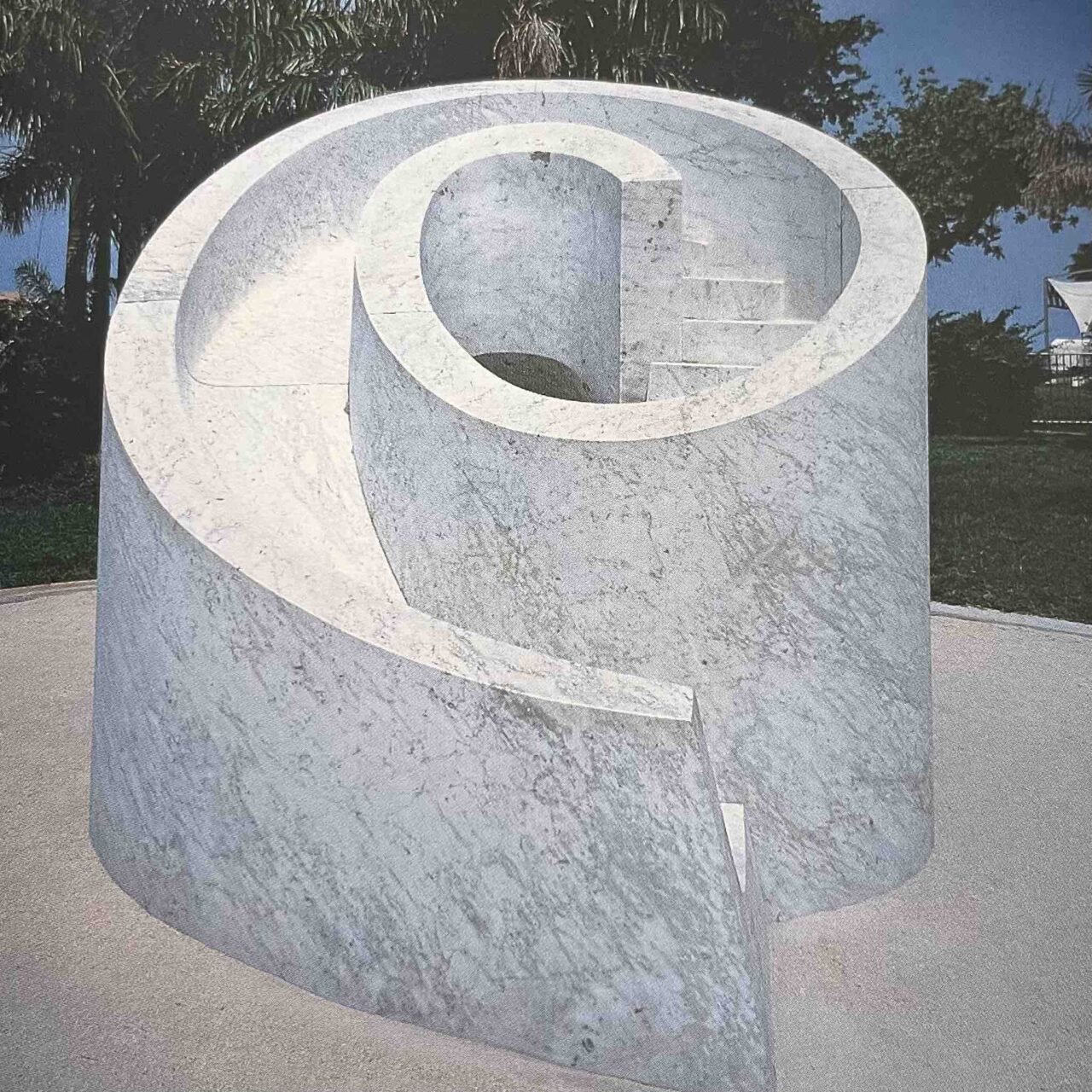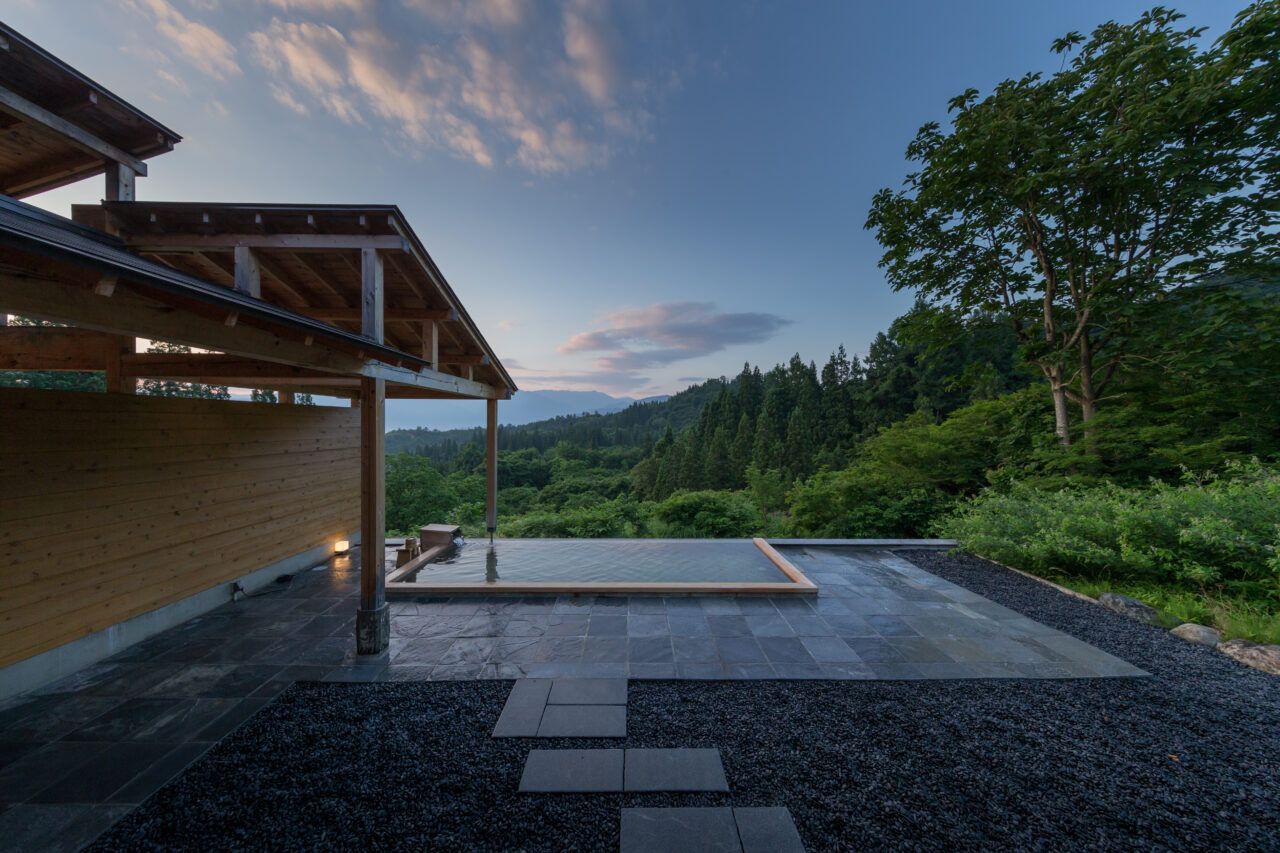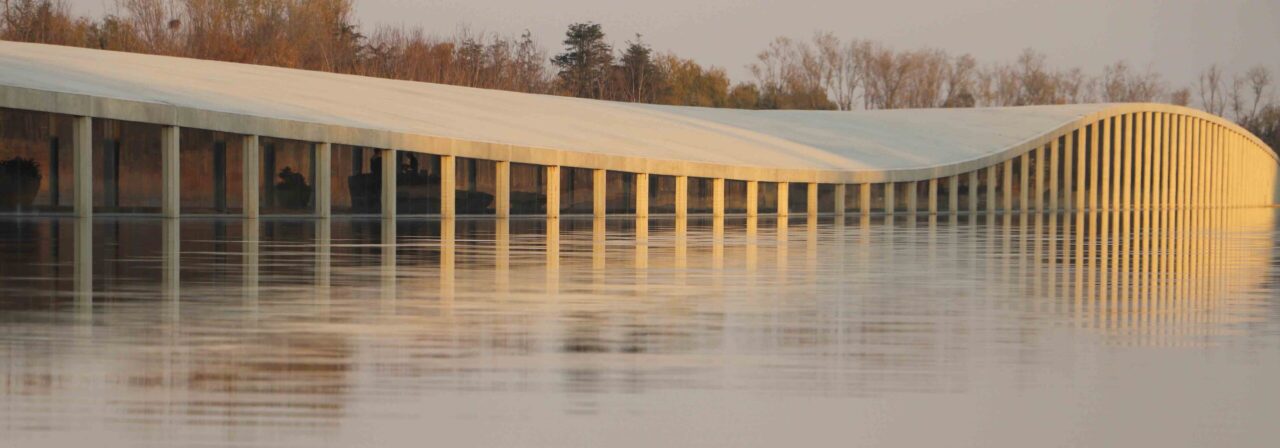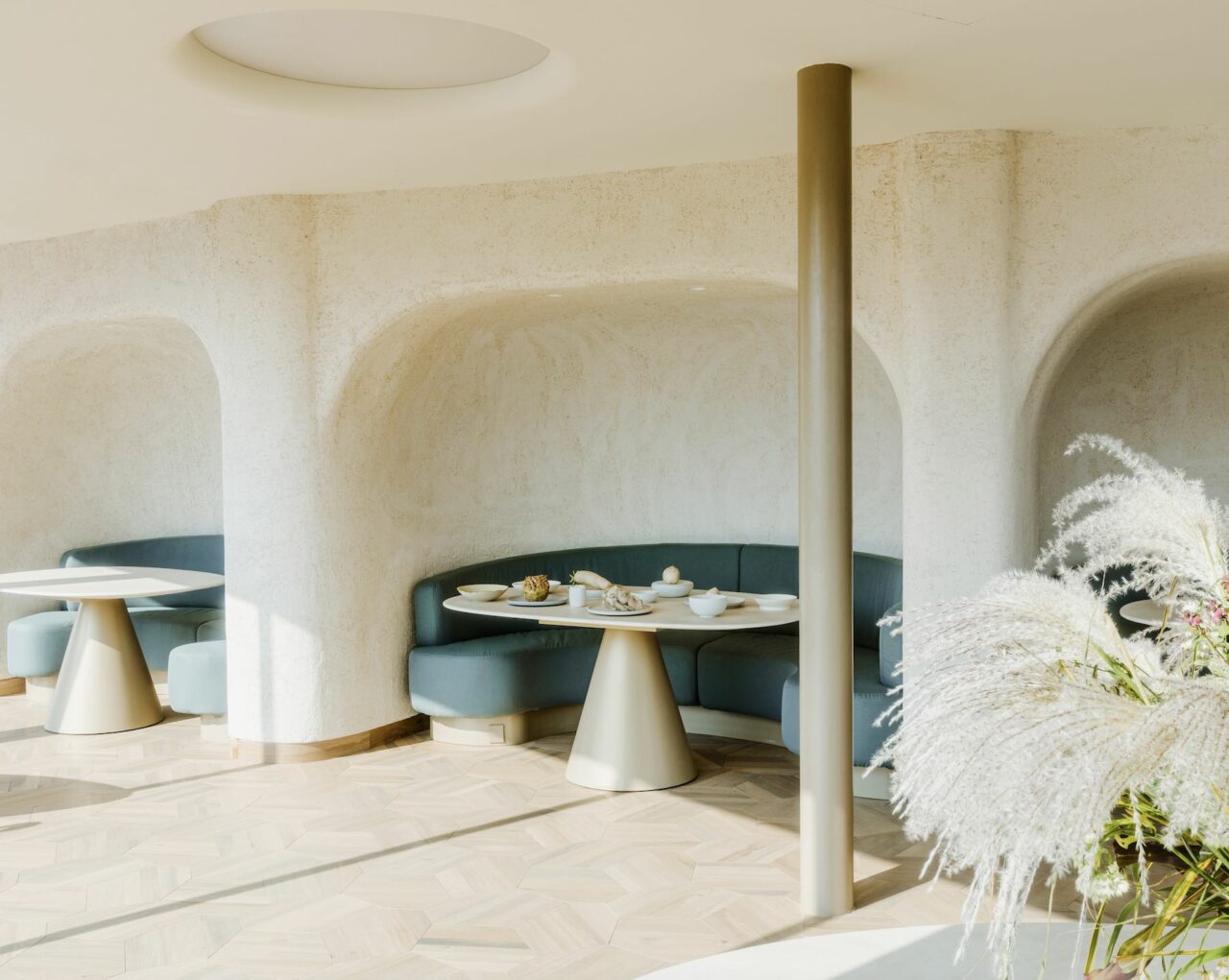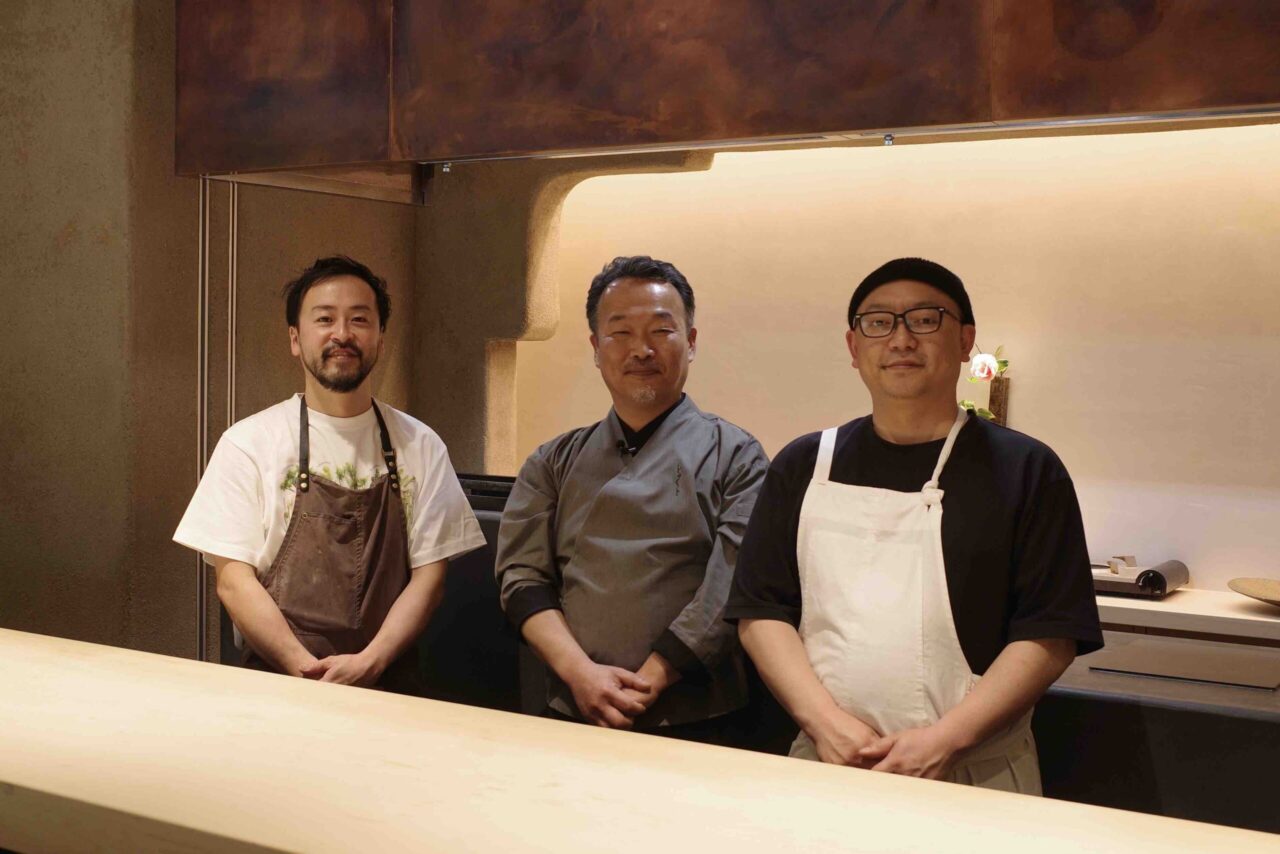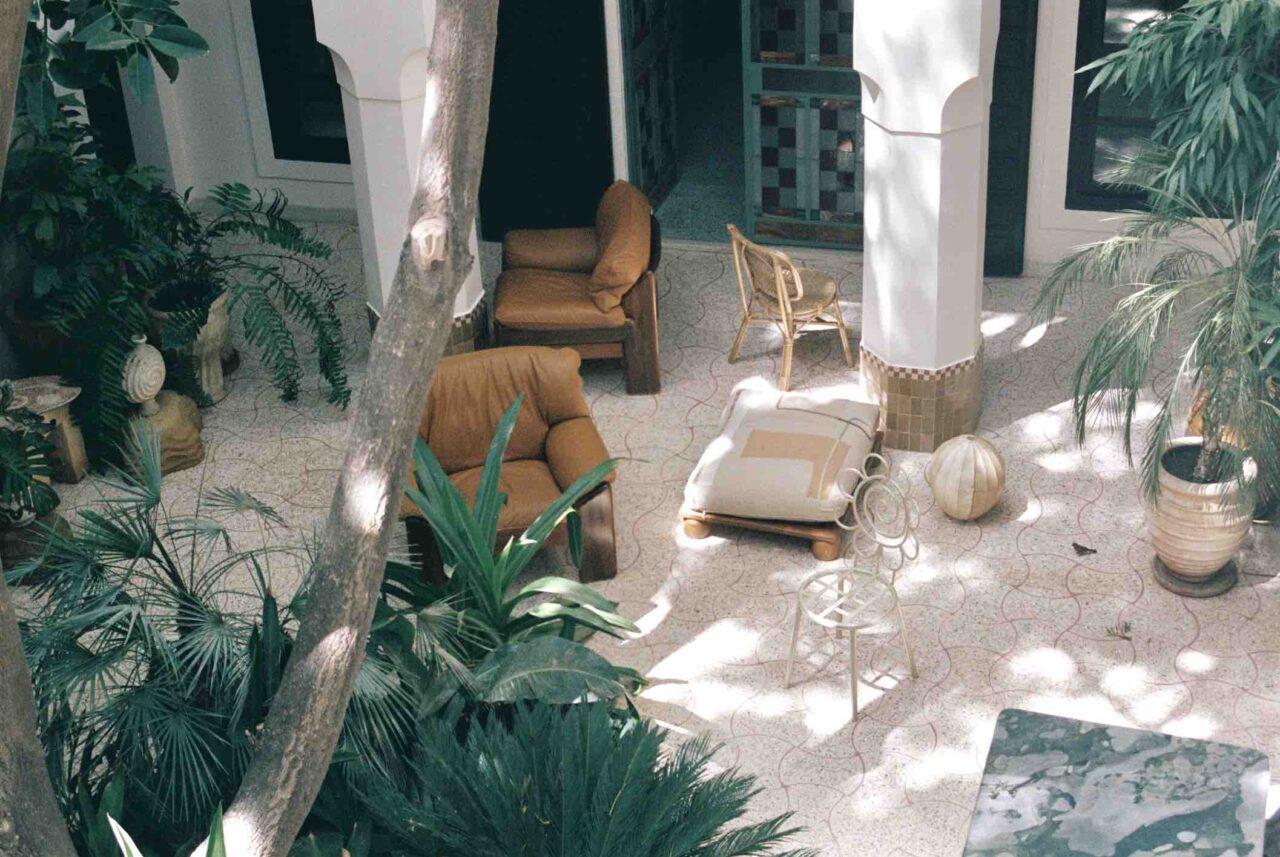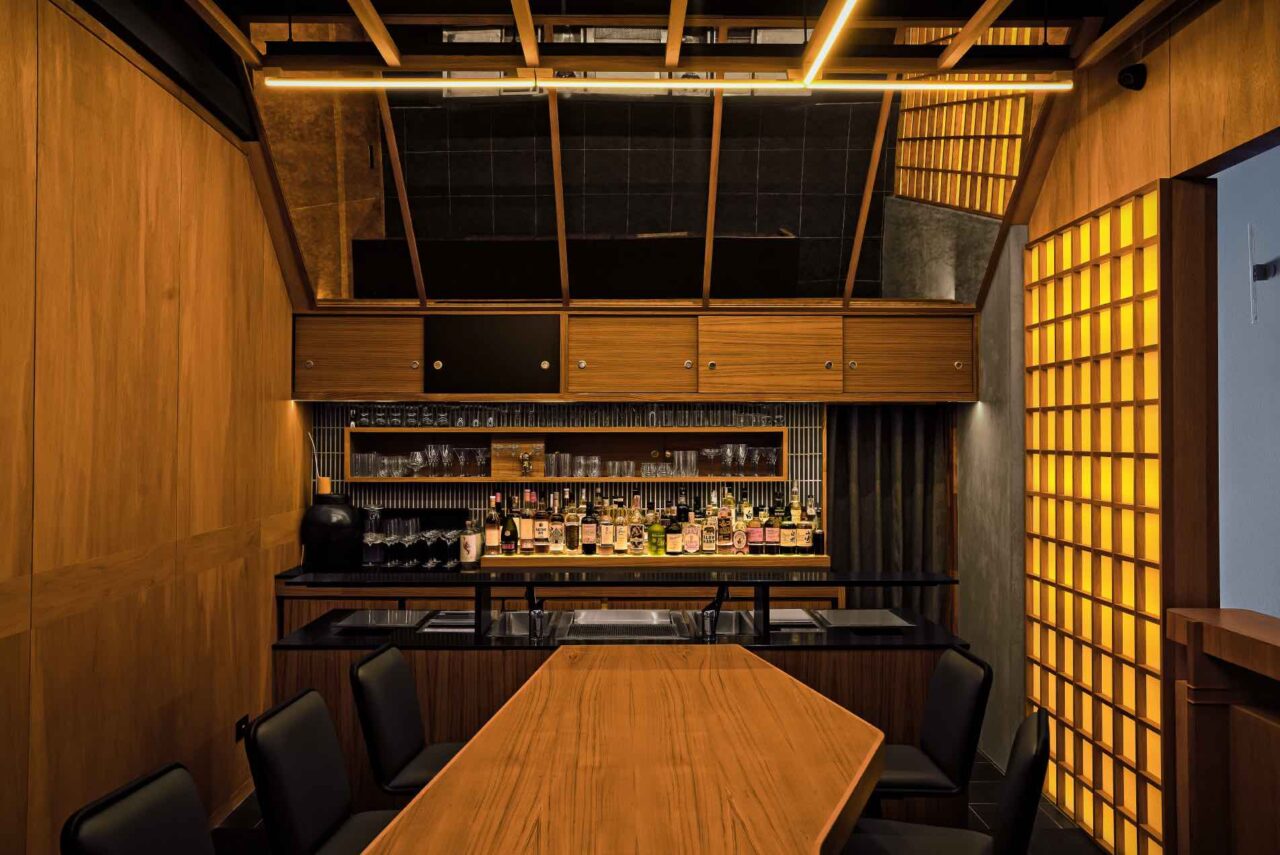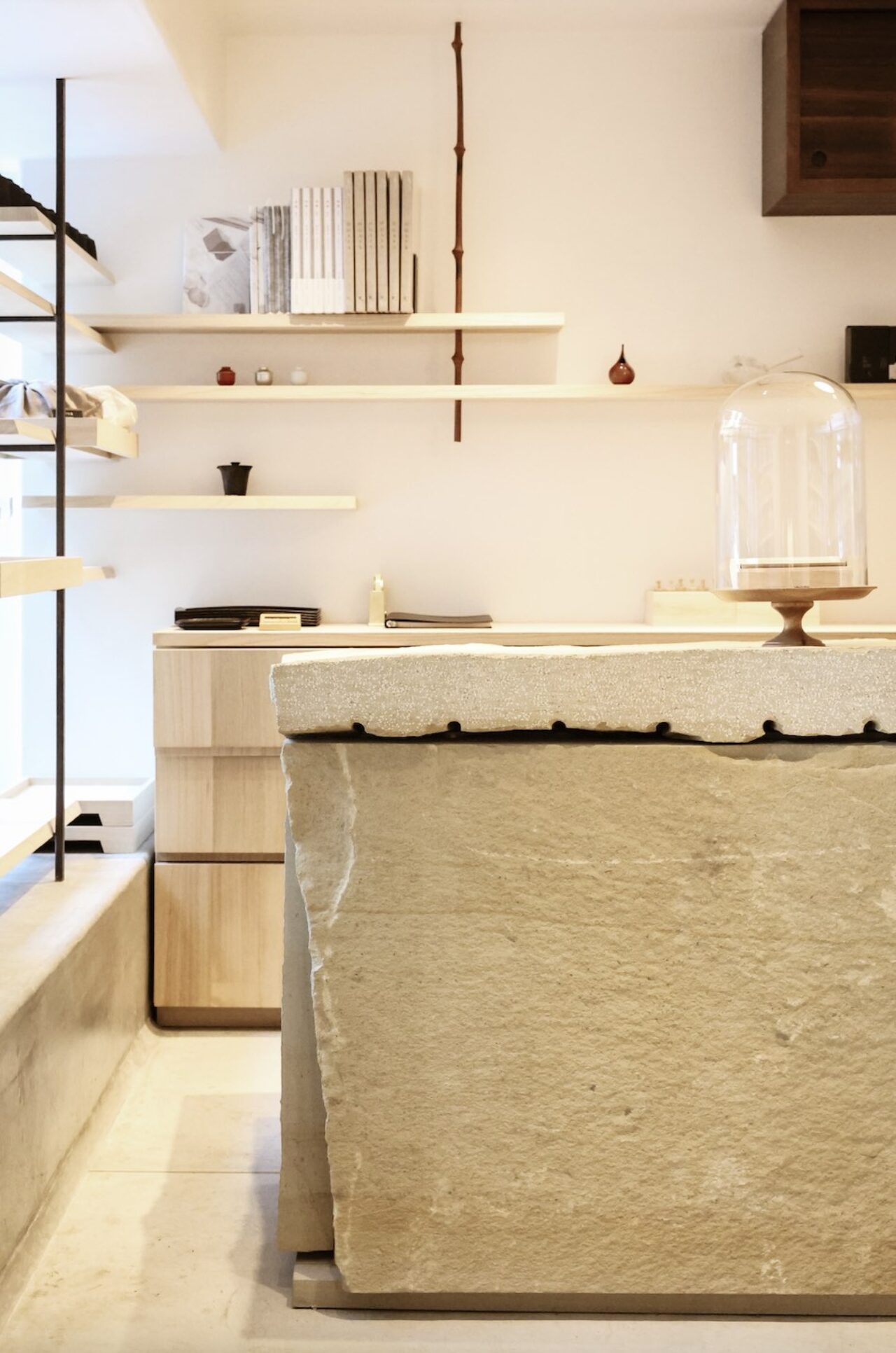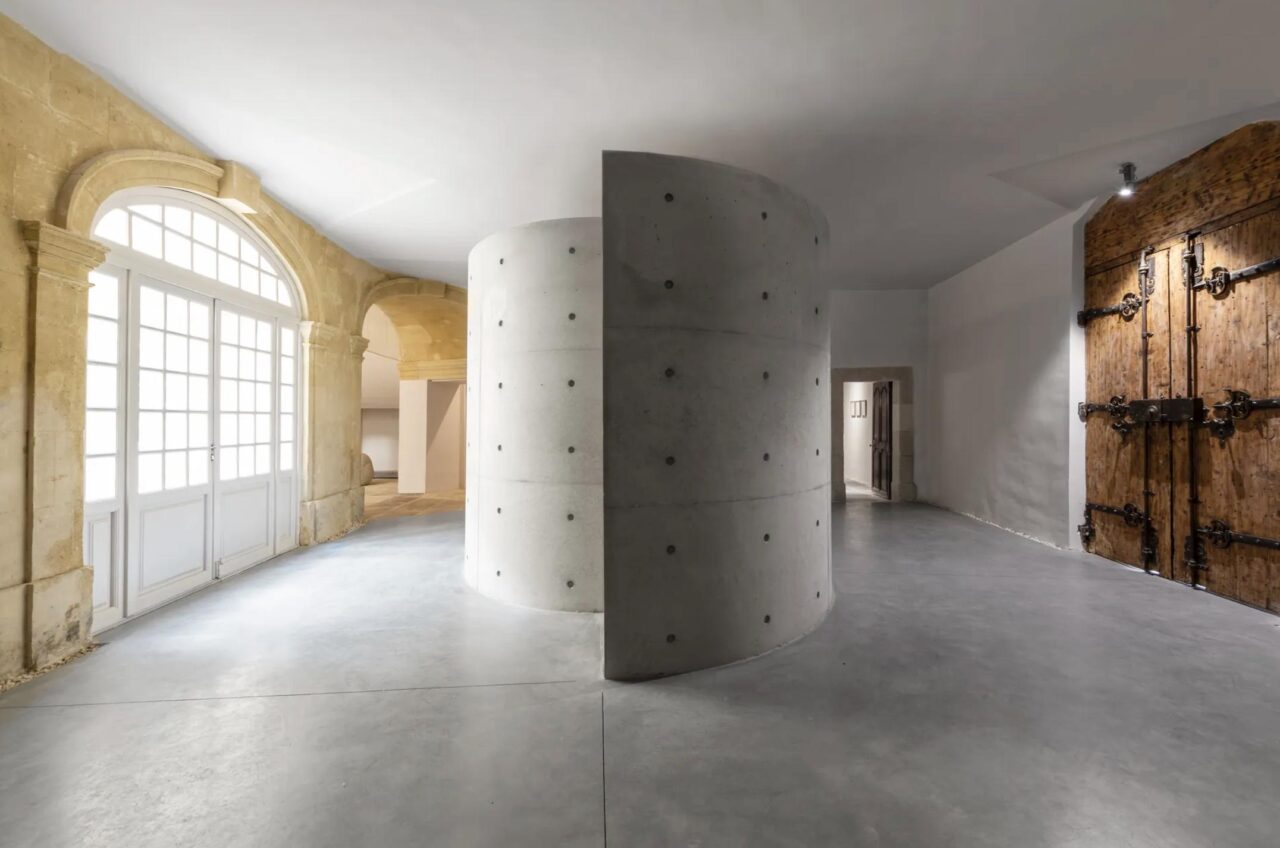ZUIHŌ-IN
The Art of the Karesansui Garden Best Experienced at this Kyoto Temple

Located within Daitokuji, a Rinzai Zen Buddhist Monastery complex founded in 1319, the Zuihō-in is a place for meditation amongst the temple’s centuries-old architecture.
The Monastery complex is home to 22 sub-temples, all self-initiated and self-managed. Each tatchu (sub-temple) has an individual charm, presenting a unique history and it’s own philosophy. Temples such as Daisen-in and Ryōgen-in are also key to visit, with Kōtō-in (Spielberg’s favourite) presenting a teahouse on its grounds serving traditional matcha in front of its beautiful garden and landscape.

Zuihō-in is equally as unique in its design, with details reflecting it’s Japanese and Chinese-style architecture. Upon entering the temple’s gate, visitors walk through the temple’s garden whilst taking three turns along its path, clearing one’s mindset and body before reaching the temple doors. The main hall and gate are original structures from when the temple was build in the 16th century.
Founded by Sōrin Ōtomo in 1546 during the Muromachi period (室町時代) as a Japanese Buddhism temple, Ōtomo was one of the most famous Christian Daimyō at the time. The daimyō were powerful Japanese feudal lords who ruled most of Japan through their vast land holdings acquired through their hereditary history. Converting to Christianity at the age of 48, Ōtomo was jointly inspired by the teachings of Zen Buddhism but also committed to the way of the Christian. Christianity was never taught at the temple, but was respected due to Otomō’s commitment to the religion.


Zuihō-in’s main garden celebrates the art of the stone or dry-landscape (karesansui – 枯山水) garden. Designed in 1960 by Mirei Shigemori, one of the most famous landscape gardeners at the time, the karesansui garden remains rare across the country. Shigemori designed the garden to commemorate the 400th year anniversary of the temple, even referencing Otomō’s beliefs by creating a cross of stones in the garden.
For around 250 years years Christianity was banned in Japan during the Edo period, until it ended in 1873. With extremely sever consequences for those that practised it, not only did it include a death sentence, but was one of the most slow and painful possible. In the ‘Garden of the Cross’ there are seven stones that make this cross which represents Kakure Kirishitan, the “Hidden Christian” which is a reminder of those whom spent their life practising Christianity in secret during the ban.

The raking pattern for this particular garden is unique, with the technique creating a rough sea. Vertical stones are surrounded by the stones, which symbolise strong islands amongst the rough seas. The temple’s stillness provides a contrast with the stone garden, creating a meditative state amongst its solitude.
Due to its Zen history, Zuihō-in has two tea rooms which are also found on the premises. They are used now only by the Kyoto tea community for formal events. The monastery’s dedication to Way of Tea also ensures it is an important cultural site, continuing one of Japan’s key traditions to this day.


Zuihō-in at Daitokuji
Daitokuji-cho 81, Murasakino, Kita-ku, Kyoto, Japan
The temple is not always open, so check before you plan your visit







